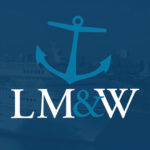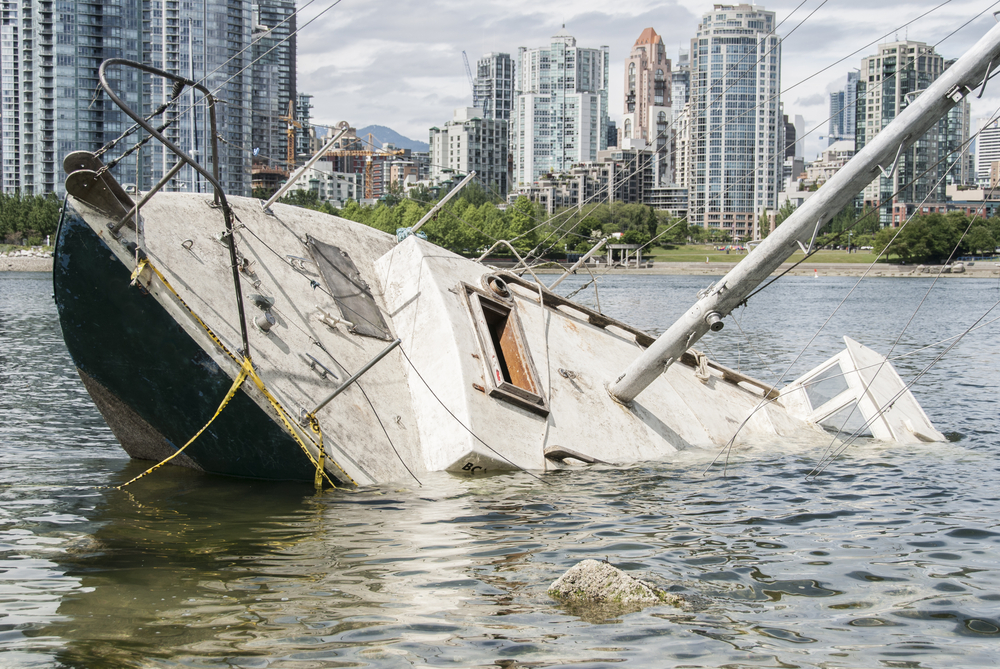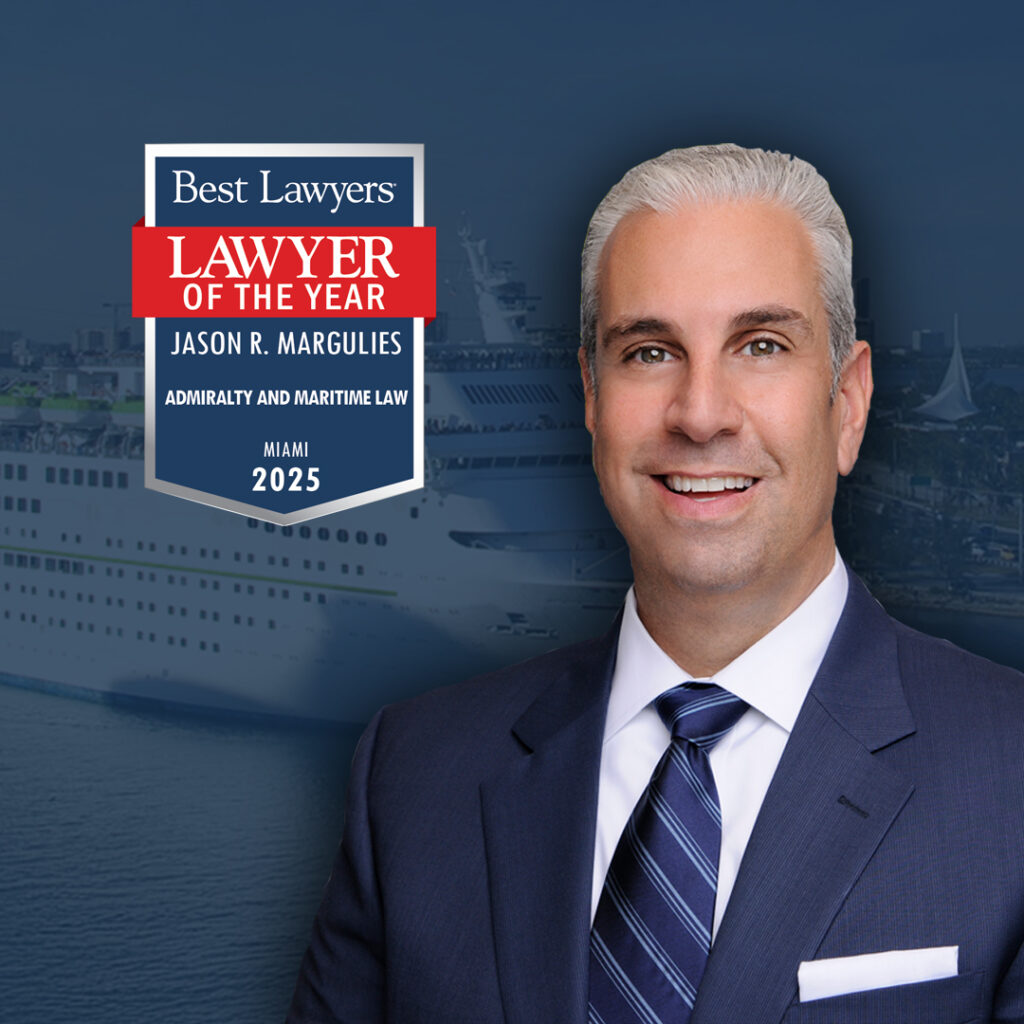
The largest cruise ship ever built is making history this week on its maiden voyage. According to U.S.A. Today, Royal Caribbean’s Harmony of the Seas, a 227,000 ton ship, is undergoing its first sea trials today in anticipation of its May sailing. The new ship is 1,700 tons heavier than the world’s current largest ship and can hold approximately 100 more people. This means, if the ship sails at full capacity, it will hold well over 6,000 people.
The release of bigger cruise ships always creates a media frenzy and gives cruise lines much-desired publicity, but is bigger always better, and more importantly, is bigger safer? Our cruise ship accident attorneys investigate.
Does Size Matter?
These days, it seems as though cruise lines are adopting the motto “bigger is better.” But can a larger ship pose a greater threat to passenger safety? Absolutely!
As ships get larger, they become more top-heavy. The more top-heavy a ship is, the more technology it will need to rely on in order to maintain its stability during a storm. Of course, technology can only go so far if cruise lines fail to navigate around storms or postpone sailings in the event of rough seas. Furthermore, if ships lose power or lose important navigation equipment, more can go wrong, and more people’s lives are at stake.
Safety Testing to Prevent a Cruise Ship Accident
There have been countless cruise ship accidents in the past few years – more so than usual. In fact, more accidents have befallen the cruise industry in the past five years than in the previous 10 years combined. Given the number of passenger injuries and fatalities, are cruise lines really taking enough time to test the seaworthiness of new vessels? The answer may surprise you.
Before an inaugural sailing, cruise ships must be tested for safety. Specialized teams will test propulsion, steering, and navigation, among other areas. These tests normally take place only a couple of months before a ship is launched to allow ample time for fixing issues. However, as cruise ship accident attorneys, we’ve seen far too many cases where quick-fixes, patches, and improper planning have led to tragedy.
If Harmony of the Seas will be setting sail in May, this only leaves Royal Caribbean a couple of months to address safety concerns and issues. With the pressure of an imminent launch date, we have to ask the serious question: Would Royal postpone the launch in order to properly address safety issues, if they were to arise? Maybe, but maybe not. While this new ship will go through many trials to make sure everything is working properly, there’s always a chance that the cruise line will cut corners in order to ensure the inaugural sailing isn’t postponed, which may lead to a cruise ship accident.
What About Amenities?
Seeing as how this new cruise ship will be pretty large, the vessel promises an array of amenities, including a multi-deck water slide and robot bartenders. The ship will be roomier and inside cabins will offer virtual views of the ocean. Yet, does more technology equate to safer ships? Not necessarily.
For instance, a robot bartender doesn’t “know” when a cruise passenger has had too much to drink. There’s no way for these robots to realize when a passenger should be cut off from drinking before they become too intoxicated the way a human bartender can. Because of this, a greater number of alcohol-related accidents may occur. In addition, how are the robots going to differentiate between a passenger who is of legal age to drink requesting a beverage for themselves or when someone purchases an alcoholic drink and gives it to a minor? And if someone gets alcohol poisoning, who is responsible? The passenger, the robot, or the cruise line?
The Potential for Drowning Accidents
With an increase in the number of cruise ship drowning accidents, one would think cruise lines like Royal would start hiring life guards ASAP. If smaller vessels with only one or two pools can be a breeding ground for drowning tragedies, we can only imagine the potential for disaster on a massive ship. So, will life guards be present aboard Harmony of the Seas to protect passengers or will pool-goers be left (as usual) to fend for themselves? We’ve yet to see.
So, while bigger may seem more luxurious and offer more amenities, passengers need to ask themselves whether those additional services and amenities come with proper safety precautions – and the potential for a cruise ship accident. Unfortunately, for many passengers, when they step on board a new ship, their safety is entirely in their own hands. So, while the new ship may appear impressive to passengers, it doesn’t come without its safety hazards.
Published on March 11, 2016
Categories: Cruise Ship Accidents, Cruise Ship Law
Get Free
Consultation










